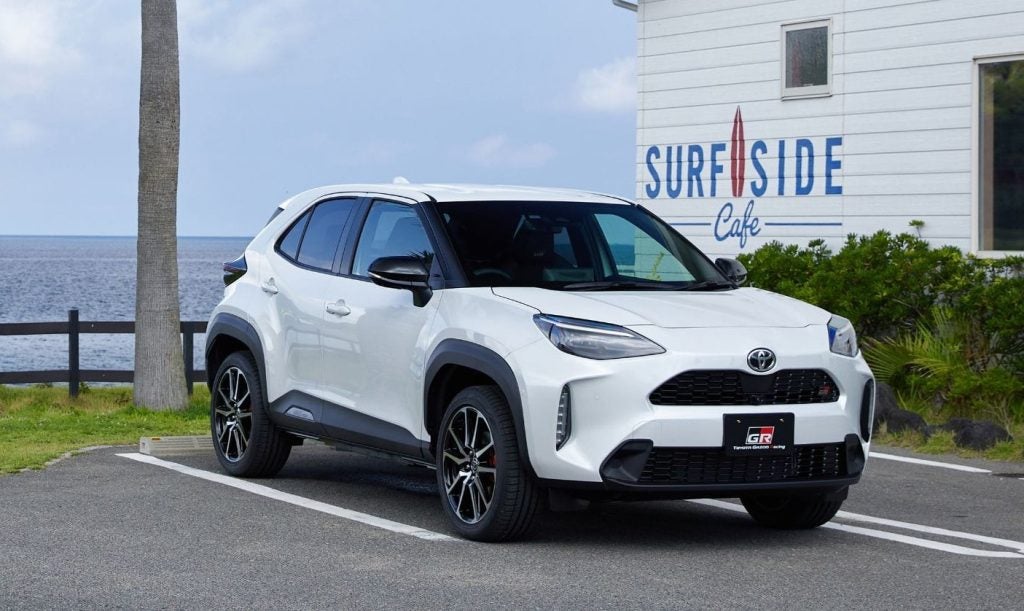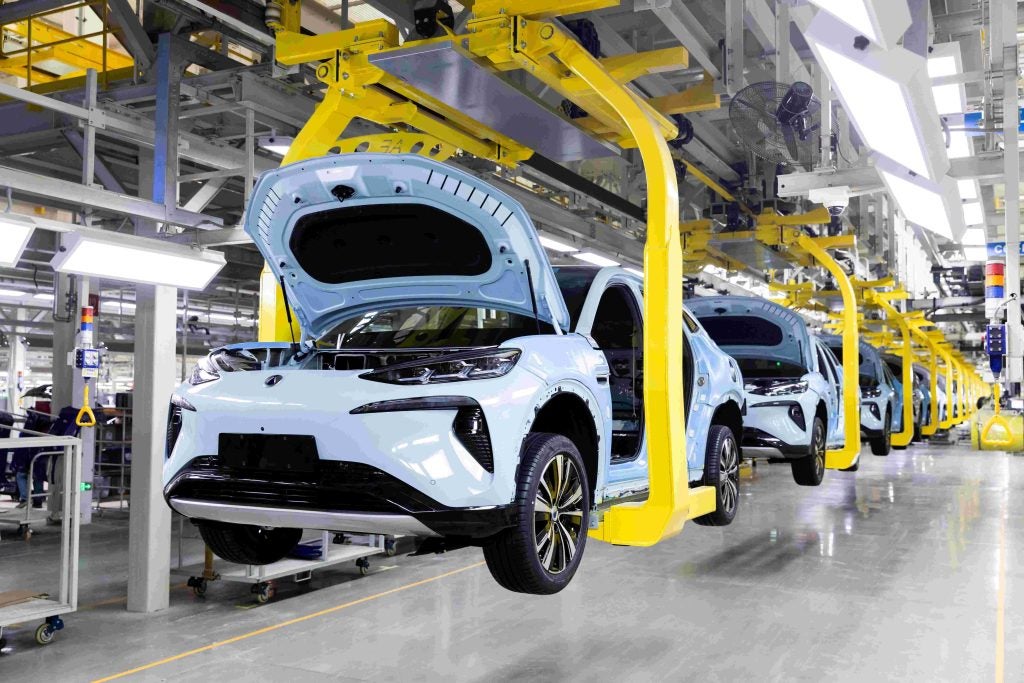New vehicle sales in the ASEAN region’s six largest markets fell 3.7% to 602,452 units in the second quarter of 2011, compared with 625,720 units a year earlier, according to data collected from industry sources across the region.
This compares with annualised growth of over 24% in the first quarter. It reflects more than anything the disruption to vehicle supply caused by the devastating earthquake/tsunami that hit Japan in March with regional manufacturers reporting shortages of key parts sourced from Japan, particularly electronics.
There are signs that much of the supply has come back on stream with June sales beginning to stabilise after slowing in April and May. First half sales rose by 9.4% to 1,299,789 units, with all major markets in the region reporting growth. Only Singapore continued to report weak demand.
Overall strong growth is expected in the second half of the year – as key Japanese vehicle manufacturers restore output and increase supplies to the market. Full year sales will likely reach 2.7m units in 2011, with Thailand and Indonesia continuing to fight for the top position in the South-east Asia market table.
The economies in the region remain robust, with growth rates broadly at the top-end of historic ranges this year – driven primarily by strong domestic consumption. Highest growth rates will likely be in Malaysia, Indonesia and Vietnam, at over 6% growth.
Fixed investment and exports have been rising across south-east Asia, as consumption in these markets continues to increase. On the negative side, inflation remains a problem in all markets and interest rates continue to be hiked.
How well do you really know your competitors?
Access the most comprehensive Company Profiles on the market, powered by GlobalData. Save hours of research. Gain competitive edge.

Thank you!
Your download email will arrive shortly
Not ready to buy yet? Download a free sample
We are confident about the unique quality of our Company Profiles. However, we want you to make the most beneficial decision for your business, so we offer a free sample that you can download by submitting the below form
By GlobalDataThailand
Thai vehicle sales declined by 4.9% year on year to 193,393 units in the second quarter of 2011, after expanding by 43% to 238,619 units in the first quarter, according to the Federation of Thai Industries. Vehicle supply to the market was disrupted by inventory shortages following from the earthquake in Japan in March.
Consumers in the second quarter were also concerned about the potential for political and social instability ahead of the July general elections which in the end passed off peacefully. This has helped improve domestic sentiment and will likely trigger stronger growth in the second half of the year.
Vehicle sales in the first half remained firmly positive with volume increasing by 16.7% to 432,012 units. Sales in June were stable year on year at 70,259 units.
The underlying Thai economy remains strong with full year growth widely expected at around 4.5%, and by around 5% in the second half. The new government’s populist policies also will likely encourage stronger growth in the near term.
The Bank of Thailand continued to hike interest rates as the threat of inflation increased. The latest hike took place in July and brought the overnight rate to 3.25%, from 2.75% at the end of the first quarter, and from a low of 1.25% in 2008 – at the height of the last global financial crisis.
Indonesia
Vehicle sales growth in Indonesia fell sharply in the second quarter with volumerising by just 5.2% to 192,274 units – after almost 30% growth in the first quarter. The main reason for the slow down was the supply disruption in Japan, which mainly affected deliveries of Toyota, Daihatsu and Honda vehicles.
First half sales increased 17.1% to 417,687 units, from 356,702 units a year earlier, according to industry association Gaikindo. The light passenger vehicle market rose just 7.9% to 283,570 units in this period, with sales of several model ranges affected by supply shortages. Commercial vehicle sales faired much better – with volume rising 22.8% to 134,117 units.
The association remains upbeat about the prospects for continued growth in the second half, although it has revised down its full year projections – to between 800,000-850,000 units. Vehicle manufacturers most affected by the Japanese earthquake in March have vowed to recover lost output and reduce waiting lists.
New models launched at the Indonesia motor show, currently being held in Jakarta, are also expected to lift the second half performance.
The Indonesian economy continued to expand at above 6% in the first half of the year and similar growth is expected for the second half. Domestic consumption remains strong, driven by low interest rates, rising incomes and rising employment levels. Fixed private investment is also rising, as is infrastructure investment by the government.
Malaysia
New vehicle sales in Malaysia declined 9.5% to 142,038 units in the second quarter of 2011, from 156,968 units a year earlier, according to the Malaysian Automotive Association (MAA). Like others in the region, the Malaysian vehicle market was held back by supply disruption caused by the earthquakes in Japan earlier in the year.
Changes to the country’s hire purchase act in the second quarter, to a more complicated system designed to better protect consumers, is also said to have had a delaying effect on new vehicle registrations. Sales in June fell by 23% year on year to 41,790 units.
Cumulative sales for the first half of 2011 fell 1.3% to 297,203 units with passenger car sales most affected by the inventory shortages. Sales declined 2.3% to 265,654 units, while commercial vehicle sales – which were not affected so much by the disruption, rose by 8% year on year to 31,549 units.
The association remains upbeat about the market’s full year prospects although it recently reduced its full year forecasts to 608,000 units, from 618,000 units earlier in the year, due to the weak second quarter.
GDP growth is widely expected to exceed 6% this year, after topping 7% last year, with growth in the second half expected to be slightly stronger – helped by rising investment and an increase in exports.
Inflation is rising, however, and Bank Negara may be forced to raise interest rates by a further 25 basis points to 3.25% in the current quarter. Consumer sentiment overall remains positive helped by the continued low unemployment in the country and by good available credit.
Vehicle sales in the ASEAN region by market, 2008-11
|
2008 |
2009 |
2010 |
1-6 2010 |
1-6 2011 |
|
|
615,270 |
548,871 |
800,367 |
370,208 |
432,012 |
|
|
607,805 |
483,548 |
764,710 |
356,702 |
417,687 |
|
|
Malaysia |
548,115 |
536,905 |
605,156 |
301,115 |
297,203 |
|
Philippines |
124,449 |
132,444 |
170,216 |
82,147 |
81,715 |
|
Vietnam |
111,946 |
119,868 |
112,796 |
50,278 |
52,588 |
|
Singapore |
108,478 |
76,397 |
47,839 |
27,473 |
18,584 |
|
Total |
2,116,063 |
1,898,033 |
2,501,084 |
1,187,923 |
1,299,789 |
Sources: www.AsiaMotorBusiness.com from industry sources.







